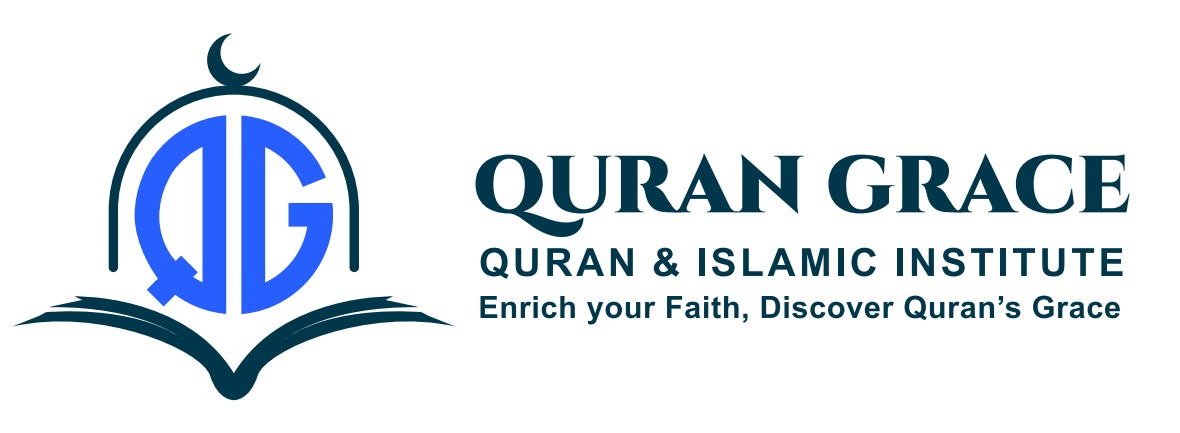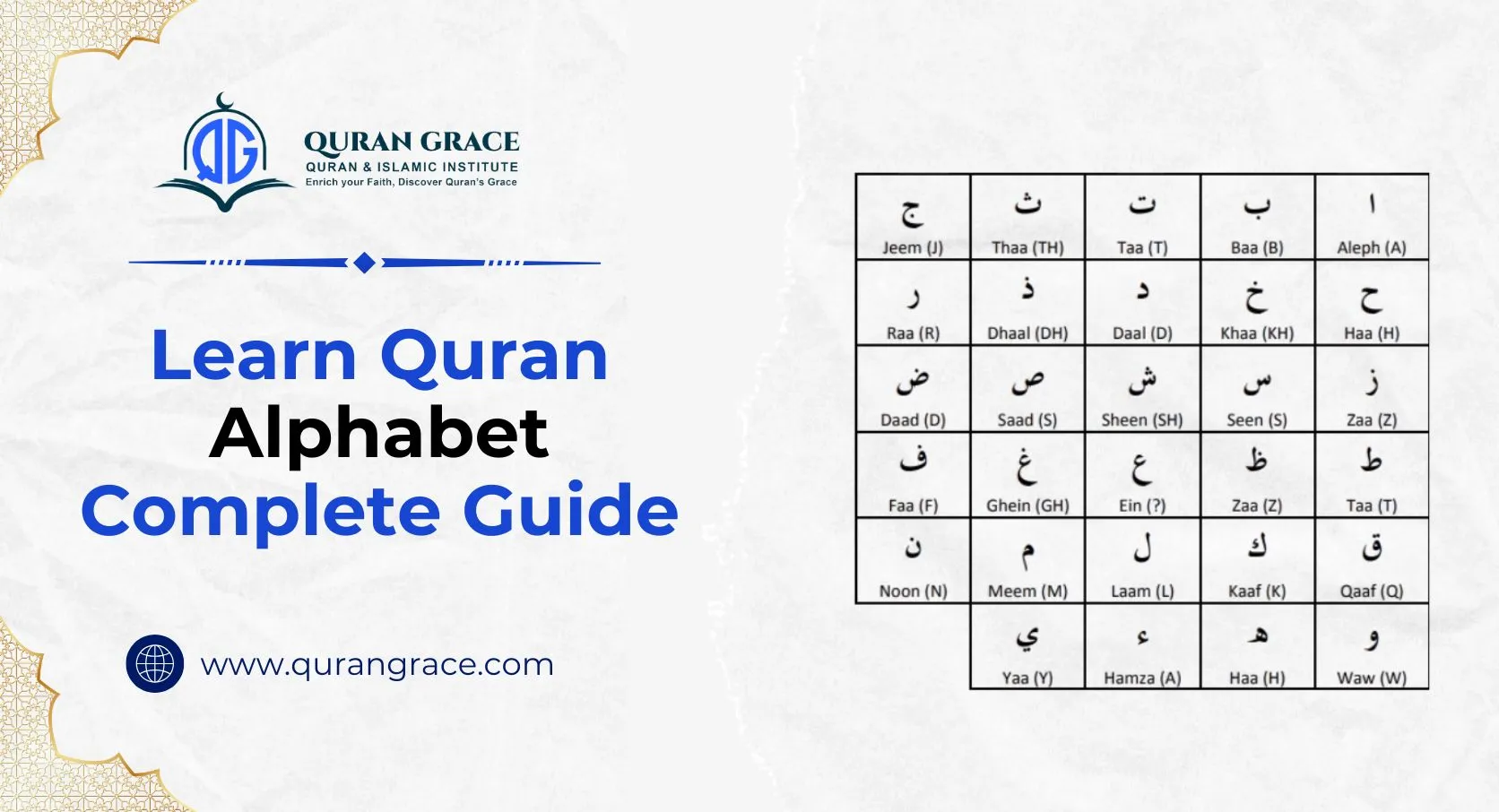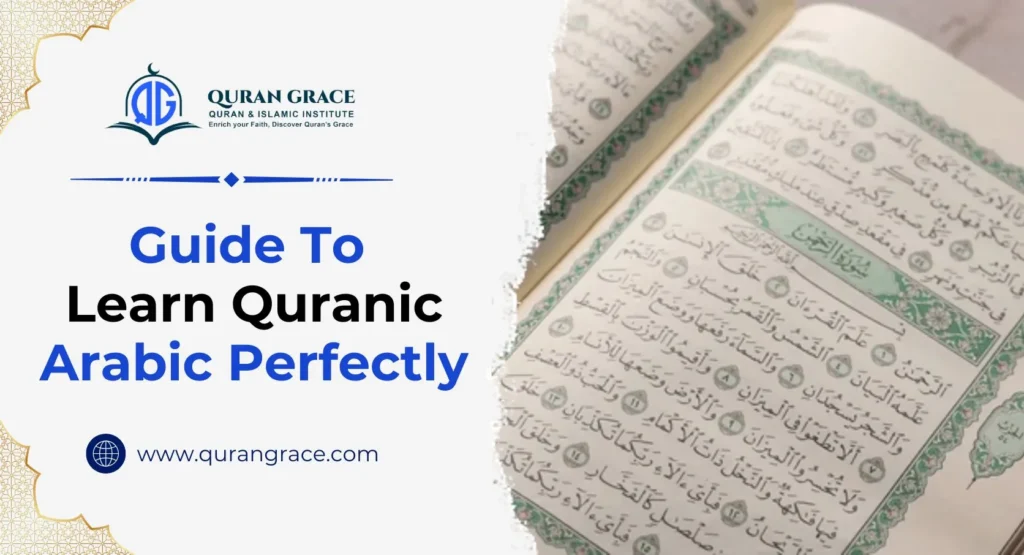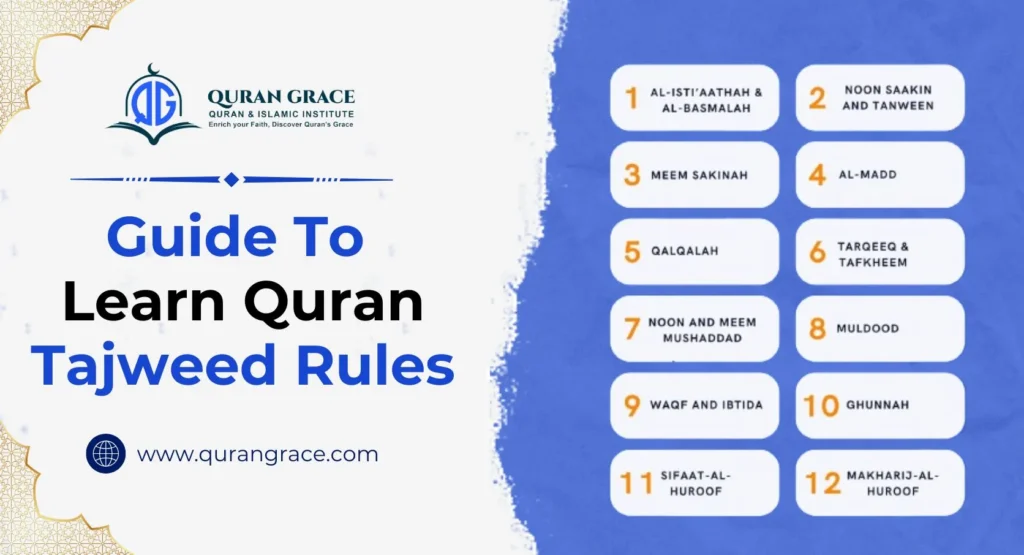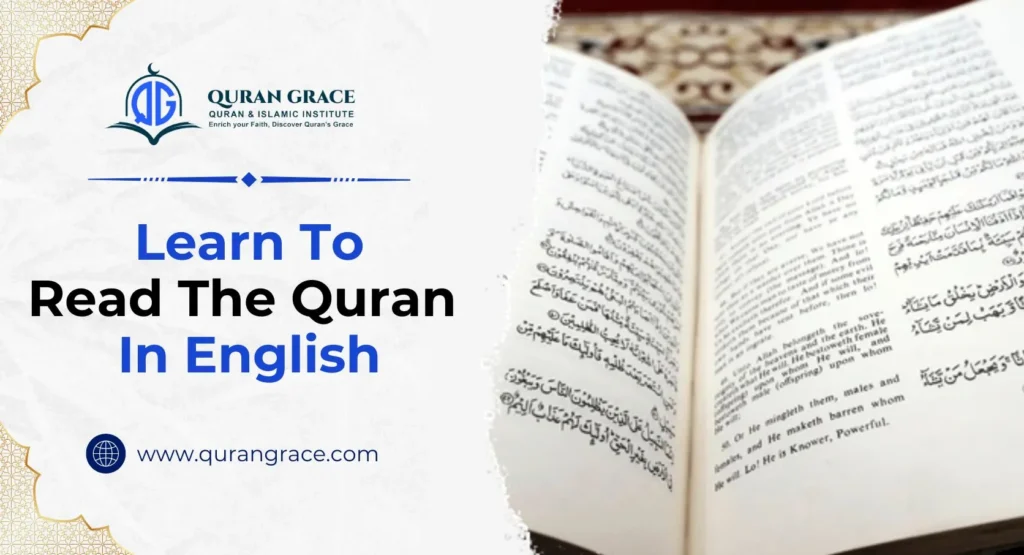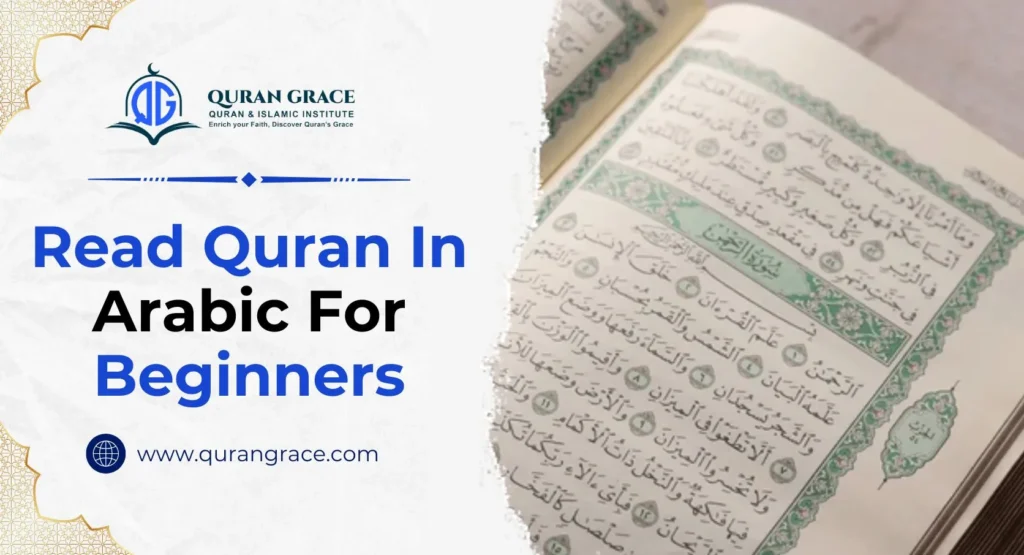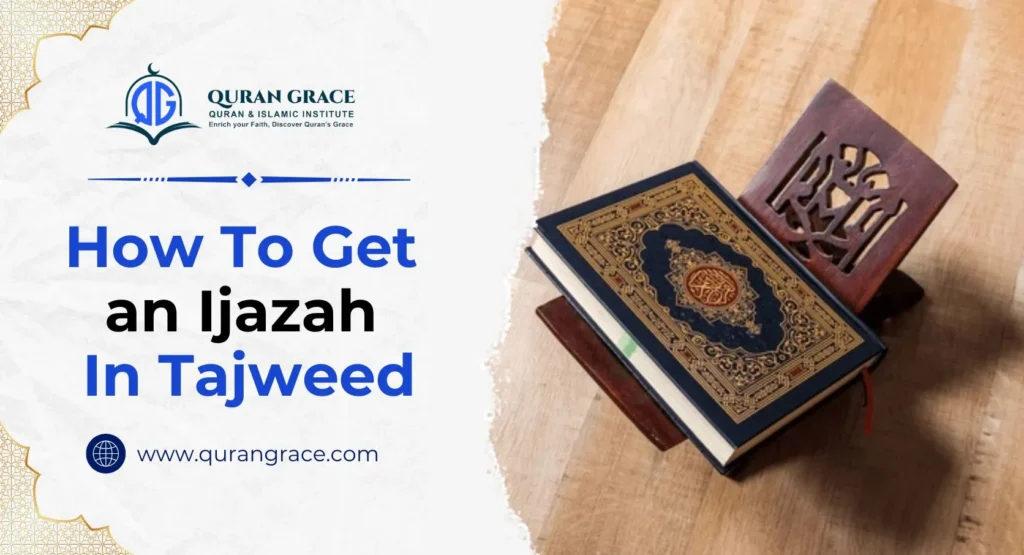Learning to read the Quran begins with understanding its alphabet. The Arabic script used in the Quran consists of 28 basic letters, each with its own unique sound and form. Noorani Qaida course can walk you through each letter, its pronunciation, and how it may appear differently depending on its position in a word.
The Basic Quranic Alphabet
Here is a table of the 28 letters of the Arabic alphabet, along with their names and approximate English phonetic equivalents:
| Arabic Letter | Name | Approximate English Sound |
| ا | Alif | (silent carrier) |
| ب | Baa’ | b |
| ت | Taa’ | t |
| ث | Thaa’ | th (as in thin) |
| ج | Jeem | j (as in joy) |
| ح | Haa’ | h (strong, guttural) |
| خ | Khaa’ | kh (as in loch) |
| د | Daal | d |
| ذ | Thaal | th (as in this) |
| ر | Raa’ | r (rolled) |
| ز | Zaa’ | z |
| س | Seen | s |
| ش | Sheen | sh (as in ship) |
| ص | Saad | s (emphatic) |
| ض | Daad | d (emphatic) |
| ط | Taa’ | t (emphatic) |
| ظ | Thaa’ | th (emphatic) |
| ع | Ayn | (deep guttural sound) |
| غ | Ghayn | gh (as in French ‘r’) |
| ف | Faa’ | f |
| ق | Qaaf | q (uvular, back of throat) |
| ك | Kaaf | k |
| ل | Laam | l |
| م | Meem | m |
| ن | Noon | n |
| ه | Haa’ | h (as in hat) |
| و | Waw | w |
| ي | Yaa’ | y |
Letter Forms
Arabic is written from right to left, and the shape of a letter can change depending on whether it appears at the beginning, middle, or end of a word, or in isolation.
- Isolated: The basic form of the letter.
- Initial: The form when the letter is at the beginning of a word and connects to the letter that follows.
- Medial: The form when the letter is in the middle of a word and connects to the letters before and after it.
- Final: The form when the letter is at the end of a word and connects to the letter before it.
Let’s look at a few examples:
- ب (Baa’):
- Isolated: ب
- Initial: بـ
- Medial: ـبـ
- Final: ـب
- ج (Jeem):
- Isolated: ج
- Initial: جـ
- Medial: ـجـ
- Final: ـج
- م (Meem):
- Isolated: م
- Initial: مـ
- Medial: ـمـ
- Final: ـم
Some letters do not connect to the letter that follows them. These are:
- ا (Alif)
- د (Daal)
- ذ (Thaal)
- ر (Raa’)
- ز (Zaa’)
- و (Waw)
When these letters appear at the beginning or in the middle of a word, the following letter will be written in its isolated or initial form.
Vowel Markings (Haraakat)
In addition to the consonants, there are vowel markings that indicate short vowel sounds:
- َ (Fatha): A short ‘a’ sound (like the ‘a’ in ‘cat’). Written above the consonant.
- ِ (Kasra): A short ‘i’ sound (like the ‘i’ in ‘bit’). Written below the consonant.
- ُ (Damma): A short ‘u’ sound (like the ‘u’ in ‘put’). Written above the consonant.
- ْ (Sukoon): Indicates that the consonant has no vowel sound. Written above the consonant.
- ّ (Shadda): Indicates that the consonant is doubled. Written above the consonant.
Long Vowels
Long vowel sounds are usually indicated by the letters ا (Alif), و (Waw), and ي (Yaa’) following a consonant with a corresponding short vowel:
- ـَا (Alif after Fatha): Long ‘aa’ sound (like the ‘a’ in ‘father’).
- ـُو (Waw after Damma): Long ‘oo’ sound (like the ‘oo’ in ‘moon’).
- ـِي (Yaa’ after Kasra): Long ‘ee’ sound (like the ‘ee’ in ‘see’).
Tips for Learning
- Start with the basic alphabet: Familiarize yourself with the isolated forms and their pronunciations.
- Practice letter connections: Pay attention to how the shapes change in different positions.
- Learn the vowel markings: Understand how they affect the sound of the consonants.
- Use online resources and apps: There are many tools available to help you practice.
- Listen to Quran recitation: Hearing the letters and words pronounced correctly is crucial.
- Be patient and persistent: learning a new alphabet takes time and effort.
Conclusion
Mastering the Quran alphabet is the first step towards understanding and reciting the Holy Quran. At Quran Grace, our online Egyptian Quran tutors guide you step by step to build a strong foundation in reading. With dedication and consistent practice, you will be able to read the sacred text with confidence. Join our online quran classes today and enhance your Quran learning journey from the comfort of your home.
